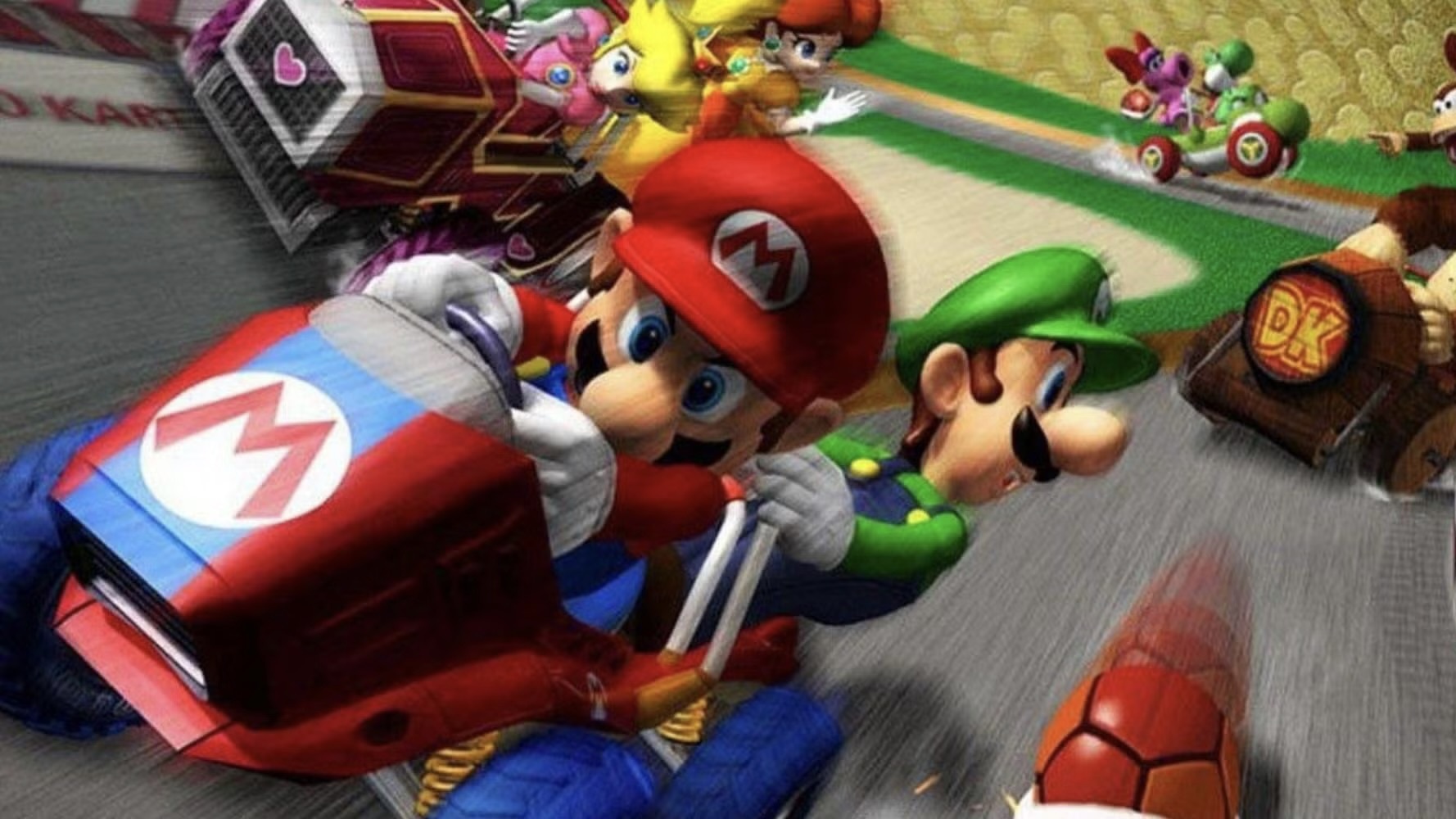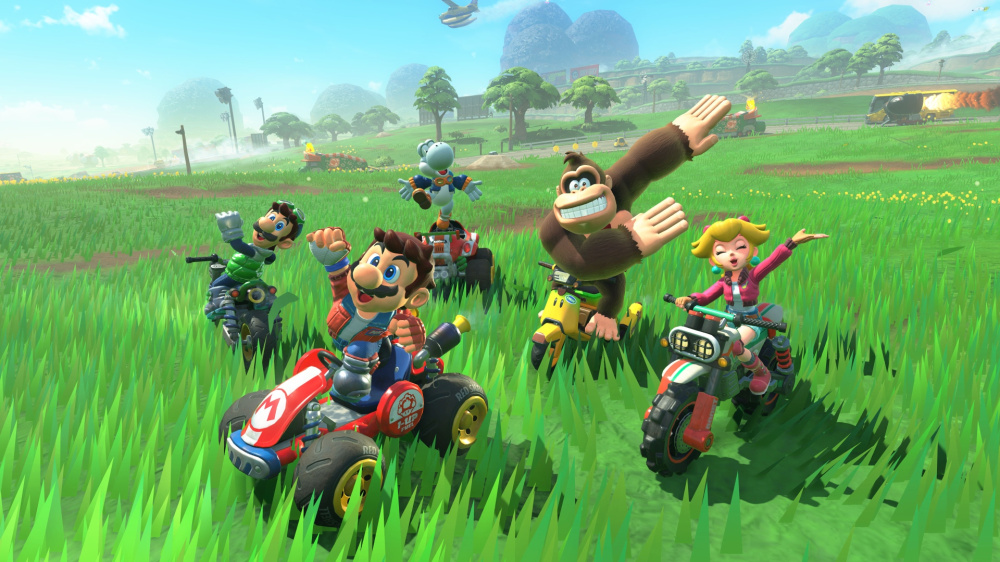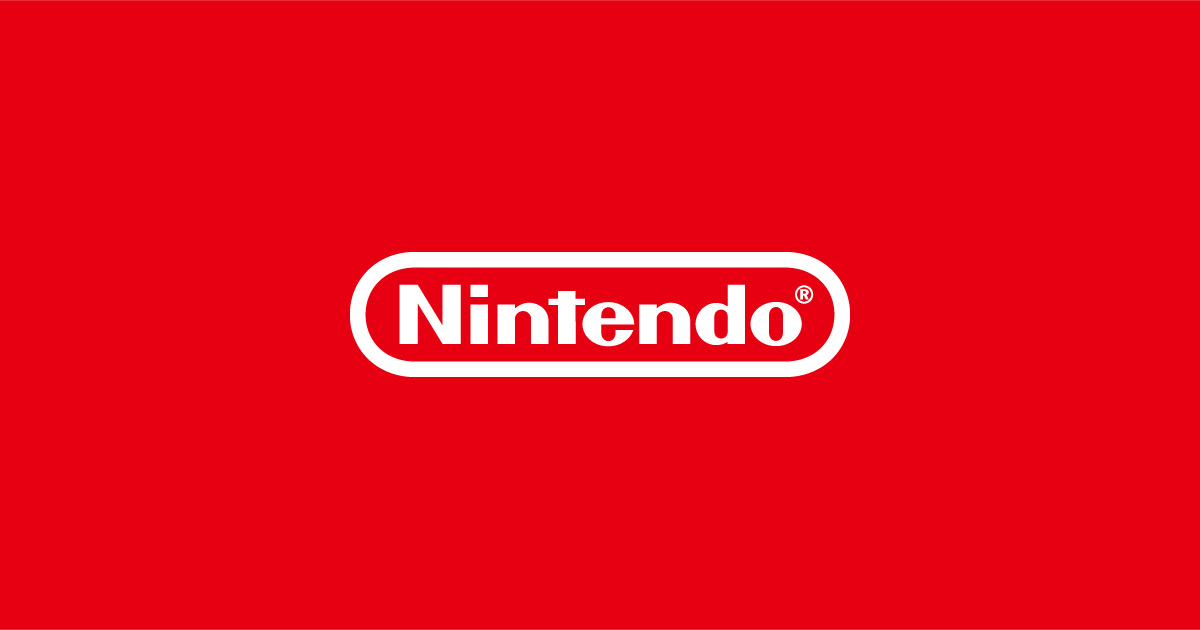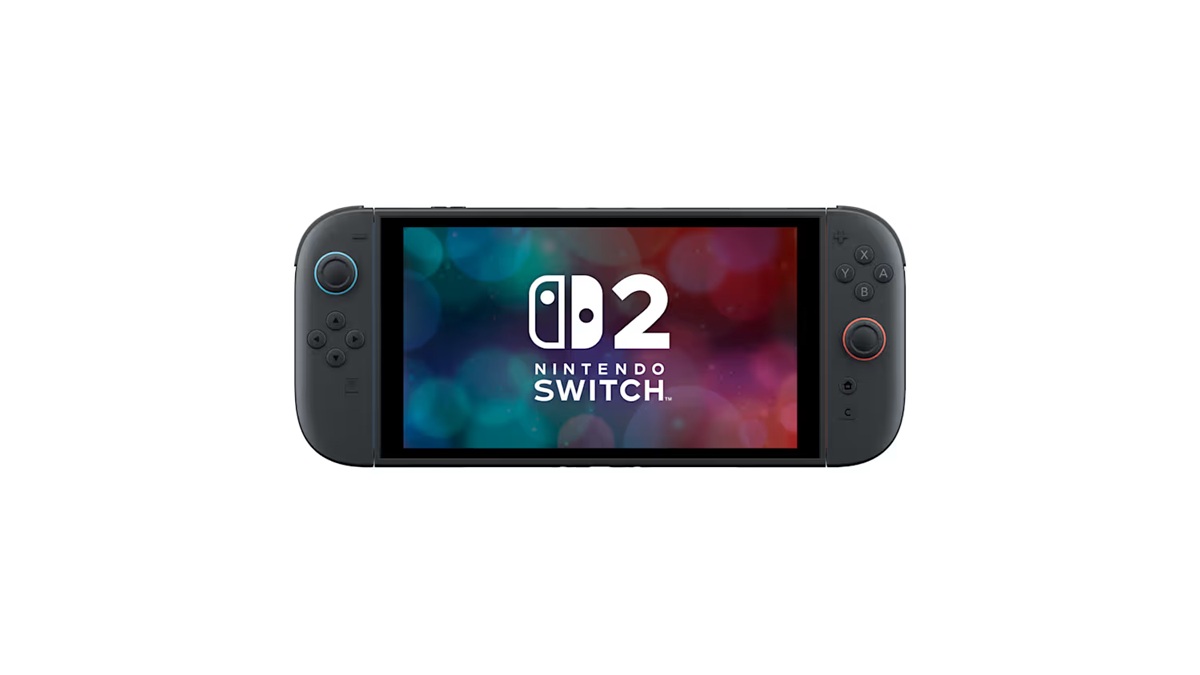Mario Kart: Double Dash Sets a New Course – Developers Reflect on Two-Driver Innovation
Mario Kart: Double Dash, released for the Nintendo GameCube in 2003, stands as one of the most distinct entries in Nintendo’s iconic racing franchise.
Developed by Nintendo’s internal teams, Double Dash broke with series tradition by introducing the unique two-driver mechanic, allowing two players to control a single kart—a bold departure that required creative risk-taking and extensive iteration by the team.
Now, thanks to a newly translated 2003 Nintendo Dream interview, published by Shmupulations, insights from key developers shed light on the challenges and ambitions behind this ambitious gameplay feature. Lead developers Tadashi Sugiyama and Shinya Takahashi, together with chief director Kiyoshi Mizuki, recall that implementing the two-driver system was not a straightforward decision.
According to Sugiyama, confidence in the two-driver mechanic was low at the outset.
"We were concerned that adding such a new feature could jeopardize the core appeal that makes Mario Kart unique," Sugiyama explained, underscoring the franchise’s flagship status for Nintendo and the immense expectations from players and the company alike. To mitigate the risks, the team initially developed a version of Double Dash that retained the single-driver set-up, as a contingency if the innovative mechanic proved unfeasible.
"In the early stages, we progressed with both the traditional single-driver model and the new two-driver system in parallel," Sugiyama revealed.
"It was essentially our backup plan," Takahashi added, highlighting the uncertainties and the team's dedication to safeguarding the series’ identity. As development progressed, the staff’s excitement for innovation grew, leading them to fully commit to the two-driver feature.
Mizuki emphasized that nearly a full year of development was devoted to refining and perfecting the new mechanic.
The team experimented with various concepts, including sidecar designs and different seating arrangements.
"For a while, we considered putting two seats side-by-side, but that made the karts too wide for competitive racing," Sugiyama noted with humor.
Ultimately, the decision was made to have characters ride in tandem, with the innovative ability for players to swap drivers at any moment—a solution spurred by gameplay clarity and functionality. Through this process, Double Dash established itself as an innovative multiplayer experience, pushing the boundaries of what could be expected from the Mario Kart franchise on the Nintendo GameCube.
The result was a title that not only honored its party game roots but also introduced strategic depth and cooperative fun, reflected in its enduring popularity and sales success—Double Dash sold over 6.9 million copies worldwide, further cementing Nintendo’s legacy of hardware and software innovation. The story behind Mario Kart: Double Dash’s development is a testament to Nintendo’s willingness to iterate and experiment, even with its most successful franchises.
As newer Mario Kart games continue on the Nintendo Switch and beyond, Double Dash remains a pivotal chapter in the series’ evolution, celebrated by both fans and developers alike.
Developed by Nintendo’s internal teams, Double Dash broke with series tradition by introducing the unique two-driver mechanic, allowing two players to control a single kart—a bold departure that required creative risk-taking and extensive iteration by the team.
Now, thanks to a newly translated 2003 Nintendo Dream interview, published by Shmupulations, insights from key developers shed light on the challenges and ambitions behind this ambitious gameplay feature. Lead developers Tadashi Sugiyama and Shinya Takahashi, together with chief director Kiyoshi Mizuki, recall that implementing the two-driver system was not a straightforward decision.
According to Sugiyama, confidence in the two-driver mechanic was low at the outset.
"We were concerned that adding such a new feature could jeopardize the core appeal that makes Mario Kart unique," Sugiyama explained, underscoring the franchise’s flagship status for Nintendo and the immense expectations from players and the company alike. To mitigate the risks, the team initially developed a version of Double Dash that retained the single-driver set-up, as a contingency if the innovative mechanic proved unfeasible.
"In the early stages, we progressed with both the traditional single-driver model and the new two-driver system in parallel," Sugiyama revealed.
"It was essentially our backup plan," Takahashi added, highlighting the uncertainties and the team's dedication to safeguarding the series’ identity. As development progressed, the staff’s excitement for innovation grew, leading them to fully commit to the two-driver feature.
Mizuki emphasized that nearly a full year of development was devoted to refining and perfecting the new mechanic.
The team experimented with various concepts, including sidecar designs and different seating arrangements.
"For a while, we considered putting two seats side-by-side, but that made the karts too wide for competitive racing," Sugiyama noted with humor.
Ultimately, the decision was made to have characters ride in tandem, with the innovative ability for players to swap drivers at any moment—a solution spurred by gameplay clarity and functionality. Through this process, Double Dash established itself as an innovative multiplayer experience, pushing the boundaries of what could be expected from the Mario Kart franchise on the Nintendo GameCube.
The result was a title that not only honored its party game roots but also introduced strategic depth and cooperative fun, reflected in its enduring popularity and sales success—Double Dash sold over 6.9 million copies worldwide, further cementing Nintendo’s legacy of hardware and software innovation. The story behind Mario Kart: Double Dash’s development is a testament to Nintendo’s willingness to iterate and experiment, even with its most successful franchises.
As newer Mario Kart games continue on the Nintendo Switch and beyond, Double Dash remains a pivotal chapter in the series’ evolution, celebrated by both fans and developers alike.






